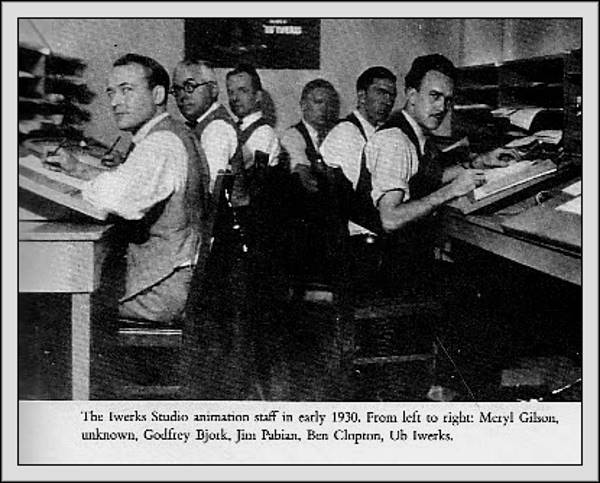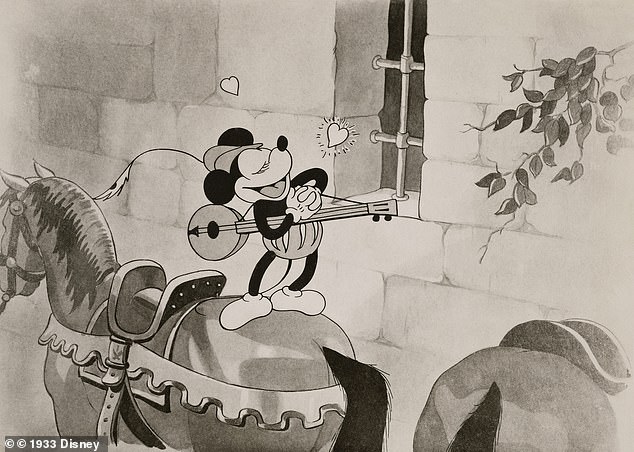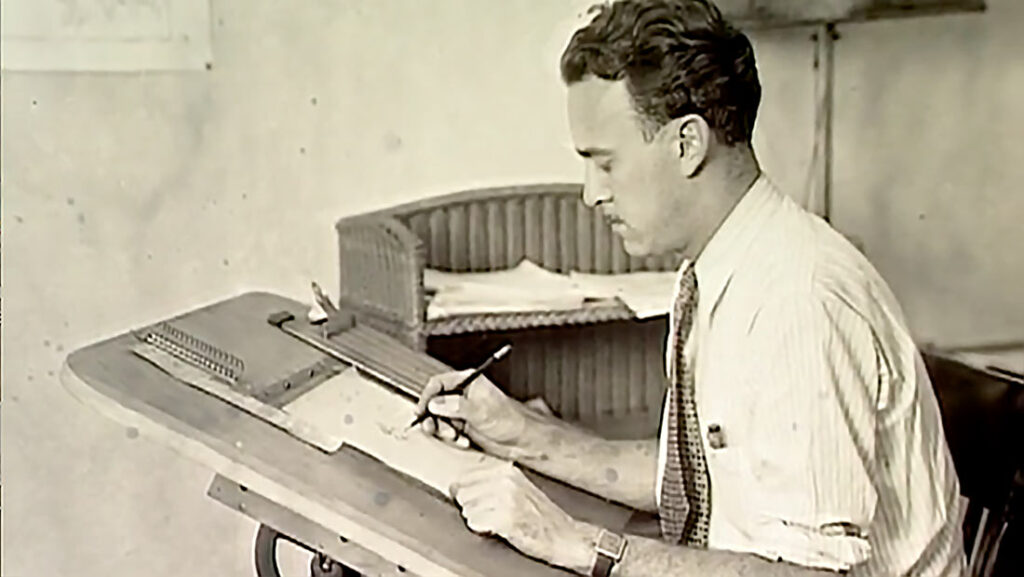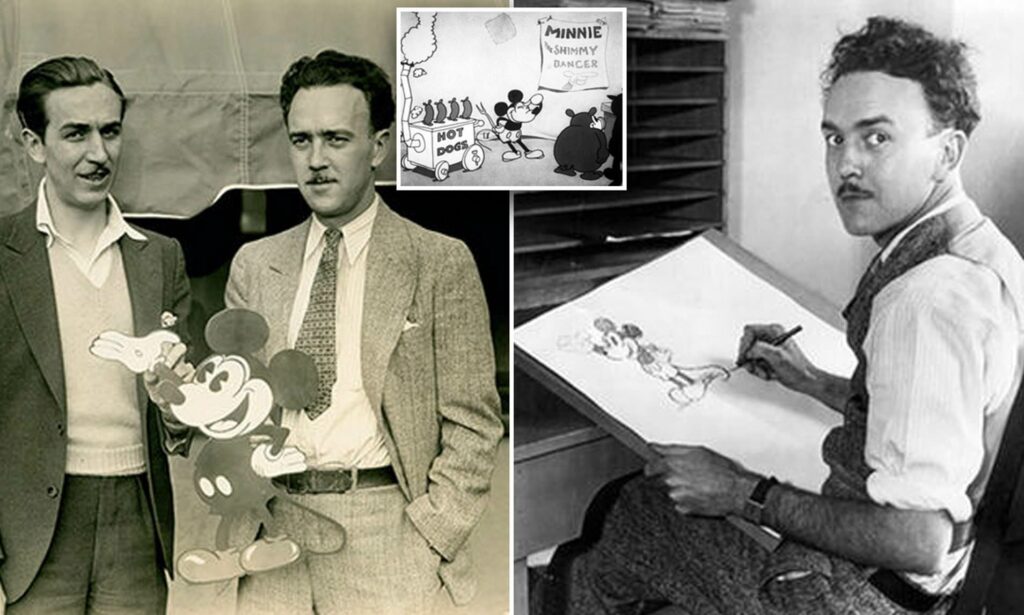Ub Iwerks (October 24, 1901 – July 7, 1971) was an American animator, cartoonist, and special effects’ technician. He is best known for collaborating with Walt Disney, co-creating Mickey Mouse, designing the multiplane camera, and contributing to numerous groundbreaking animations. Iwerks played a crucial role in the early days of animation, and his contributions continued to shape the industry.
Name: Ub Iwerks
Birth name: Ubbe Eert Iwerks
Birthdate: October 24, 1901
Birthplace: Kansas City, Missouri, U.S.
Death date: July 7, 1971 (aged 69)
Death place: Burbank, California, U.S.
Nationality: American
Other names: Ubbe Iwerks
Occupation: Animator, cartoonist, special effects technician
Years active: 1922–1971
Known for: Co-creating Mickey Mouse, Oswald the Lucky Rabbit, and designing the multiplane camera
Notable works: ”Steamboat Willie”, ”The Skeleton Dance”, ”The Wise Little Hen”
Spouse: Mildred Iwerks
Children: 2
Awards: Academy Award (1967)
Early Life and Struggles
Ub Iwerks was born on March 24, 1901, in Kansas City, Missouri, to a family of Dutch descent. His father, who had emigrated from Germany, was a barber with a troubled history of abandoning multiple families. Sadly, Ub faced the same fate as his father when he was abandoned during his teenage years, forcing him to drop out of school and work to support his mother. The bitterness towards his father ran deep in Ub’s veins, and he rarely spoke of him, even expressing a desire to discard his memory upon learning of his father’s death.
Despite his challenges, Ub completed his education at Ashland Grammar School in 1914. During these formative years, he began to develop his artistic talents, which would later shape the world of animation.

A Fateful Meeting with Walt Disney
Ub Iwerks’ life took a significant turn in 1919 when he crossed paths with another budding artist, Walt Disney. Both men were employed at the Pesmen-Rubin Art Studio in Kansas City, where their artistic skills began flourishing. Soon, they ventured into a business, establishing a commercial art venture together.
Their creative journey continued as they worked as illustrators for the Kansas City Slide Newspaper Company, later known as The Kansas City Film Ad Company. During this time, Walt Disney decided to delve into the world of animation, paving the way for a new chapter in their careers.
The Birth of Animation
Ub Iwerks played a pivotal role in the birth of animation. In the early 1920s, he attached a motor drive to the camera, revolutionizing animation by reducing the number of people needed to create it. This invention marked a significant advancement in the animation process and set the stage for their future collaborations.
Iwerks’ artistic talents defined the distinctive style of the earliest Disney animated cartoons. He was also tasked with designing one of the most iconic characters in animation history—Mickey Mouse. In 1928, when Disney was removed from the Oswald the Lucky Rabbit series, Iwerks designed a new character that would change the world of animation forever.

Mickey Mouse: A Timeless Creation
The creation of Mickey Mouse is one of Ub Iwerks’ most enduring contributions to animation. During a train ride, Walt Disney conceived the original sketch for Mickey Mouse, and he turned to Ub Iwerks to refine the character. The result was a clean-cut, charismatic mouse that retained the essence of Disney’s original vision.
Under Iwerks’ animation expertise, Mickey Mouse debuted in “Steamboat Willie” in 1928, a cartoon that would catapult the character and the studio to international fame. Iwerks continued to animate many early Mickey Mouse and Silly Symphony cartoons, including classics like “The Skeleton Dance” and “The Haunted House.”
The Fallout with Disney
Despite their early success, a rift between Walt Disney and Ub Iwerks began to develop. As Iwerks took on an increasing workload, he felt he needed to receive the recognition he deserved. The strain on their friendship and working relationship grew, culminating in a fallout in January 1930. Legend has it that Iwerks became furious when asked to draw Mickey Mouse on a napkin at a party and stormed out.
Iwerks’ Post-Disney Career
Following his departure from Disney, Ub Iwerks established his animation studio, Iwerks Studio, in 1930. He created new characters like “Flip the Frog” and “Willie Whopper” and produced the ComiColor Cartoons series under a contract with Metro-Goldwyn-Mayer. However, despite his best efforts, Iwerks’ studio failed to rival the success of other animation giants like Disney and Fleischer Studios.
Iwerks briefly worked on Looney Tunes cartoons for Leon Schlesinger Productions and continued experimenting with animation techniques. His contributions to the field extended beyond animation, as he developed processes for combining live-action and animation, a technique used in Alfred Hitchcock’s “The Birds” (1963). He also worked on Disney theme park attractions and perfected the travel matte system for the film “Mary Poppins.”

Personal Life and Legacy
Ub Iwerks married Mildred Sarah Henderson, and together, they had two children, Donald Warren Iwerks and David Lee Iwerks. His son Donald would later work for the Walt Disney Company and establish Iwerks Entertainment, carrying on his father’s legacy.
Ub Iwerks died from a heart attack on July 7, 1971, in Burbank, California, at 70. Despite the ups and downs of his career, his contributions to animation were immeasurable.
In recognition of his groundbreaking work, Ub Iwerks was posthumously named a Disney Legend in 1989. His story has been told through various mediums, including his granddaughter Leslie Iwerks’ documentary “The Hand Behind the Mouse: The Ub Iwerks Story” (1999) and the feature film “Walt Before Mickey” (2014).
Iwerks’ impact on animation is undeniable. His innovative techniques and artistic talents continue to inspire animators and filmmakers today. The animation world owes a debt of gratitude to Ub Iwerks, the unsung hero who helped bring our favorite characters to life.

Ub Iwerks’ contributions to animation and special effects revolutionized the industry. His technical expertise and innovative designs laid the foundation for modern animation techniques. His collaboration with Walt Disney helped shape the Disney brand and gave birth to iconic characters and films that have captivated audiences for decades.
Iwerks passed away on July 7, 1971, in Burbank, California, leaving behind a remarkable legacy. His pioneering spirit and artistic vision continue to inspire animators and filmmakers worldwide, solidifying his status as one of the true pioneers of animation.

Frequently Asked Questions (FAQ) about Ub Iwerks:
Q: Who is Ub Iwerks?
A: Ub Iwerks, born Ubbe Eert Iwerks, was an American animator, cartoonist, and special effects’ technician. He is best known for collaborating with Walt Disney, co-creating Mickey Mouse, designing the multiplane camera, and contributing to numerous groundbreaking animations.
Q: What is Ub Iwerks’ full name and birthdate?
A: Ub Iwerks’ full name was Ubbe Eert Iwerks, and he was born on October 24, 1901.
Q: Where was Ub Iwerks born?
A: Ub Iwerks was born in Kansas City, Missouri, in the United States.
Q: What is Ub Iwerks’ contribution to animation?
A: Ub Iwerks made significant contributions to animation. He co-created Mickey Mouse and designed the character’s distinctive design. He also played a vital role in developing the multiplane camera, which revolutionized the illusion of depth in animation.

Q: Did Ub Iwerks work with Walt Disney?
A: Yes, Ub Iwerks collaborated closely with Walt Disney. They co-founded the Disney Brothers Studio (later known as the Walt Disney Studio). They worked together on various projects, including creating Mickey Mouse and developing the multiplane camera.
Q: What other accomplishments did Ub Iwerks have?
A: Besides his work on Mickey Mouse and the multiplane camera, Ub Iwerks had a successful animation and special effects career. He received an Academy Award in 1967 for his advancements in special effects and contributed to films such as ”Fantasia” and ”Mary Poppins”.
Q: Did Ub Iwerks have his animation studio?
A: After leaving Disney in 1930, Ub Iwerks established his animation studio called the Iwerks Studio. He produced cartoons featuring his character, Flip the Frog, and continued experimenting with new technologies and techniques.

Q: What is Ub Iwerks’ legacy?
A: Ub Iwerks’ contributions to animation and special effects were groundbreaking and continue to shape the industry. His designs, including Mickey Mouse and the multiplane camera, have become iconic. His technical expertise and artistic vision have left a lasting impact on animation and inspired generations of animators and filmmakers.
Q: When did Ub Iwerks pass away?
A: Ub Iwerks died on July 7, 1971, in Burbank, California, at 69.
Q: How is Ub Iwerks remembered today?
A: Ub Iwerks is remembered as one of the true pioneers of animation. His innovative work and collaborations with Walt Disney have become legendary. His contributions to the industry are celebrated, and his legacy lives on in animation and special effects.





4 Comments